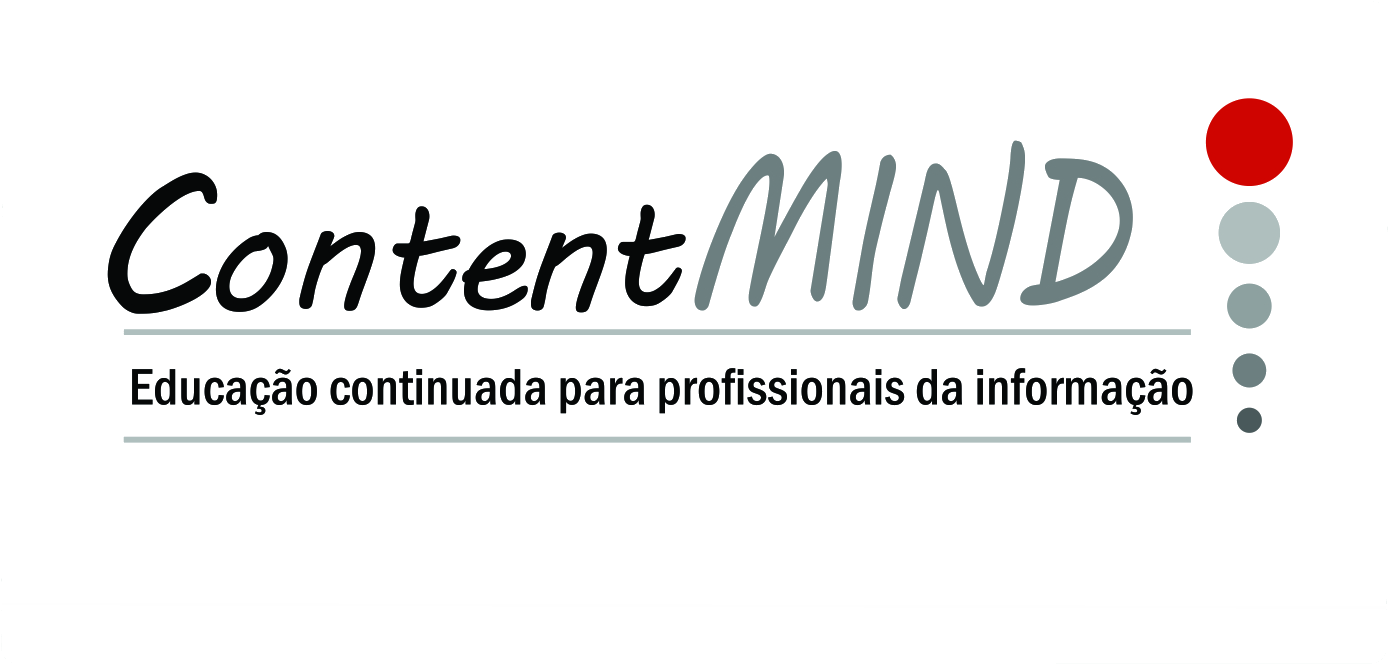Another design strategy: Architecture in Curitiba in the 1960s-1970s
Abstract
In 1977 Brazilian architect Jaime Lerner reformulated his design for a university campus, originally proposed in 1971. In the new proposal, the Curitiba-base architect adopted an approach strongly related to the social milieu and physical environment. The change in the design strategy seems the have responded to overseas propositions which reacted against the modernist thinking. This paper thus examines the repercussion of post-modernist ideas in Curitiba in the 1960s and 1970s through the observation of Lerner’s professional trajectory, discourse and experience. Relying upon historical-interpretative method and logical argumentation, this case study involves design methodology, contextual analysis, and studies about the global diffusion of ideas. It aims to show that the inventive and innovative architecture produced in Curitiba in that period was more subject to post-modernist considerations than its designers acknowledged and, accordingly, recognize a design practice that capitalized on environmental, social and cultural aspects.
Downloads
Metrics
References
ALEXANDER, C. Notes on the synthesis of form. Cambridge, Mass.: Harvard University Press, 1964.
AVANCI, R. A. UEM, campus e planos. Formalizando a universidade planejada. (Dissertação de mestrado). Universidade Estadual de Maringá, Maringá, 2016.
AVERMAETE, T. Stem and web: a different way of analysing, understanding and conceiving the city in the work of Candilis-Josic-Woods. In: HEUVEL, D. van den. Team 10: Between modernity and the everyday. Delft: TU Delft, 2003. pp. 237-281.
BERRIEL, A.; SUZUKI, J. H. (org.). Memória do Arquiteto: Pioneiros da Arquitetura e do Urbanismo no Paraná. Curitiba: IAB-PR: Editora UFPR, 2012.
COHEN, J.-L.; ELEB, M. Casablanca. Colonial myths and architectural ventures. New York: The Monacelli Press, 2002.
FARIA JUNIOR, W. J. B. DE. Poty Lazzarotto: contextos, sociabilidade e produção artística. (Dissteração de mestrado). Universidade Federal do Paraná, Curitiba, 2016.
FORTY, A. Words and buildings. A vocabulary of modern architecture. London: Thames & Hudson, 2013.
FRAMPTON, K. Modern architecture. A critical history. London: Thames & Hudson, 1992.
GNOATO, L. S. P. Arquitetura de Curitiba, transformações do Movimento Moderno. (Tese de doutorado). Universidade de São Paulo, São Paulo, 2002.
GOLD, J. R., HEIN, C., ORILLARD, C., REGO, R. L.; PÉREZ OYARZUN, F. Complexity and contradiction: in memoriam Robert Venturi. Planning Perspectives, 34 (3), pp. 533-538, 2019. https://doi.org/10.1080/02665433.2019.1587927.
HEALEY, P; UPTON, R. (ED.). Crossing borders. International exchange and planning practices. London: Routledge, 2010.
IPPUC. Estudo preliminar do metrô de Curitiba. Curitiba: IPPUC, 1969.
JANUÁRIO, I. C. A arquitetura de Joel Ramalho Junior, Leonardo Oba e Guilherme Zamoner nos anos de 1970: concursos nacionais, respostas curitibanas. (Dissertação de mestrado). Universidade Estadual de Maringá, Maringá, 2018.
JOEDICKE, J. Candilis Josic Woods. Una década de arquitectura y urbanismo. Barcelona: GG, 1968.
LERNER, J. Acupuntura urbana. 2 ed. Rio de Janeiro: Record, 2005.
LERNER, J. O que é ser urbanista (ou arquiteto de cidades): memórias profissionais de Jaime Lerner. Rio de Janeiro: Record, 2011.
MONTANER, J. M. Después del movimento moderno. Arquitectura de la segunda mitad del siglo XX. Barcelona: Gustavo Gili, 1995.
NORBERG-SCHULZ, C. Intentions in architecture. Cambridge, Mass.: The MIT Press, 1965.
PACHECO, P. C. A arquitetura do Grupo Paraná. (Tese de doutorado). Universidade Federal do Rio Grande do Sul, Porto Alegre, 2010.
PACHECO, P. C. O risco do Paraná e os concursos nacionais de arquitetura 1962-1981. (Dissertação de mestrado). Universidade Federal do Rio Grande do Sul, Porto Alegre, 2004.
POUGY, G. Curitiba: urbanismo essencial. Curitiba: Insight, 2021.
REGO, R. L.; JANUÁRIO, I. C.; AVANCI, R. A. Candilis-Josic-Woods: transatlantic ideas and design affinities. Cadernos ProArq, 35 (Dezembro), pp. 28-45. 2020. https://doi.org/10.37180/2675-0392-n35-3.
RETTO JÚNIOR, A. DA S. Anotações acerca do legado do arquiteto italiano Vittorio Gregotti: história, contexto e projeto. Pós, 27 (50), pp. 1-13, 2020. e168065. https://doi.org/10.11606/issn.2317-2762.posfau.2020.168065.
SANDOVAL-STRAUSZ, A. K.; KWAK, N. H. (ED.). Making cities global. The transnational turn in urban history. Philadelphia: University of Pennsylvania Press, 2018.
SEGAWA, H. Outro programa de passeio, agora em Curitiba. Projeto, 89, pp. 31-32, 1986.
SILVA, P. S. B. DA. Jaime Lerner arquiteto: 1962-1971 (Dissertação de mestrado). Universidade de São Paulo, São Paulo, 2018.
SMITHSON, A. (ED.). Team 10 primer. Cambridge, Mass.: The MIT Press, 1968. 1 ed. 1962.
SOARES, M. J. S. O espaço do patrimônio na “cidade-modelo”: instrumentos, práticas e conflitos no centro antigo de Curitiba. (Dissertação de mestrado). Universidade de São Paulo, São Paulo, 2017.
SUZUKI, J. H. Um conceito em concreto: residência Jaime Lerner em Curitiba. Trabalho apresentado no X SEMINÁRIO DOCOMOMO BRASIL. Curitiba, 2013. pp. 1-9.https://docomomo.org.br/wp-content/uploads/2016/08/OBR_43.pdf
TAFURI, M. Architecture and utopia, design and capitalist development. Cambridge, Mass.: The MIT Press, 1976. 1 ed. 1973.
WARD, S. V. Planning diffusion. Agents, mechanisms, networks, and theories. In C. Hein (Ed.), The Routledge handbook of planning history. London: Routledge, 2018. pp. 70-90.
VATTIMO, G. O fim da modernidade. Niilismo e hermenêutica na cultura pós-moderna. São Paulo: Martins Fontes, 1996.
VIANNA, F. B. Revisitando Toulouse Le Mirail: da utopia do presente ao futuro do pretérito. Pós, 25 (47), pp. 34-50, 2018. https://doi.org/10.11606/issn.2317-2762.v25i47p34-50.
VSBA. Writings about Venturi, Scott Brown and Associates. http://venturiscottbrown.org/bibliography/completebiblio.pdf. 2021.
ZEIN, R. V. Arquitetos no Paraná, algumas diferenças nas mesmas estórias. Projeto, 89, julho, pp. 28-30, 1986.
Copyright
Copyright (c) 2022 Renato Leão Rego, Isabella Caroline Januário, Renan Augusto Avanci

This work is licensed under a Creative Commons Attribution 4.0 International License.




